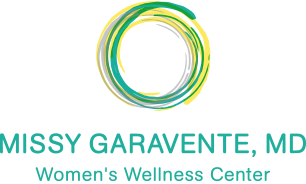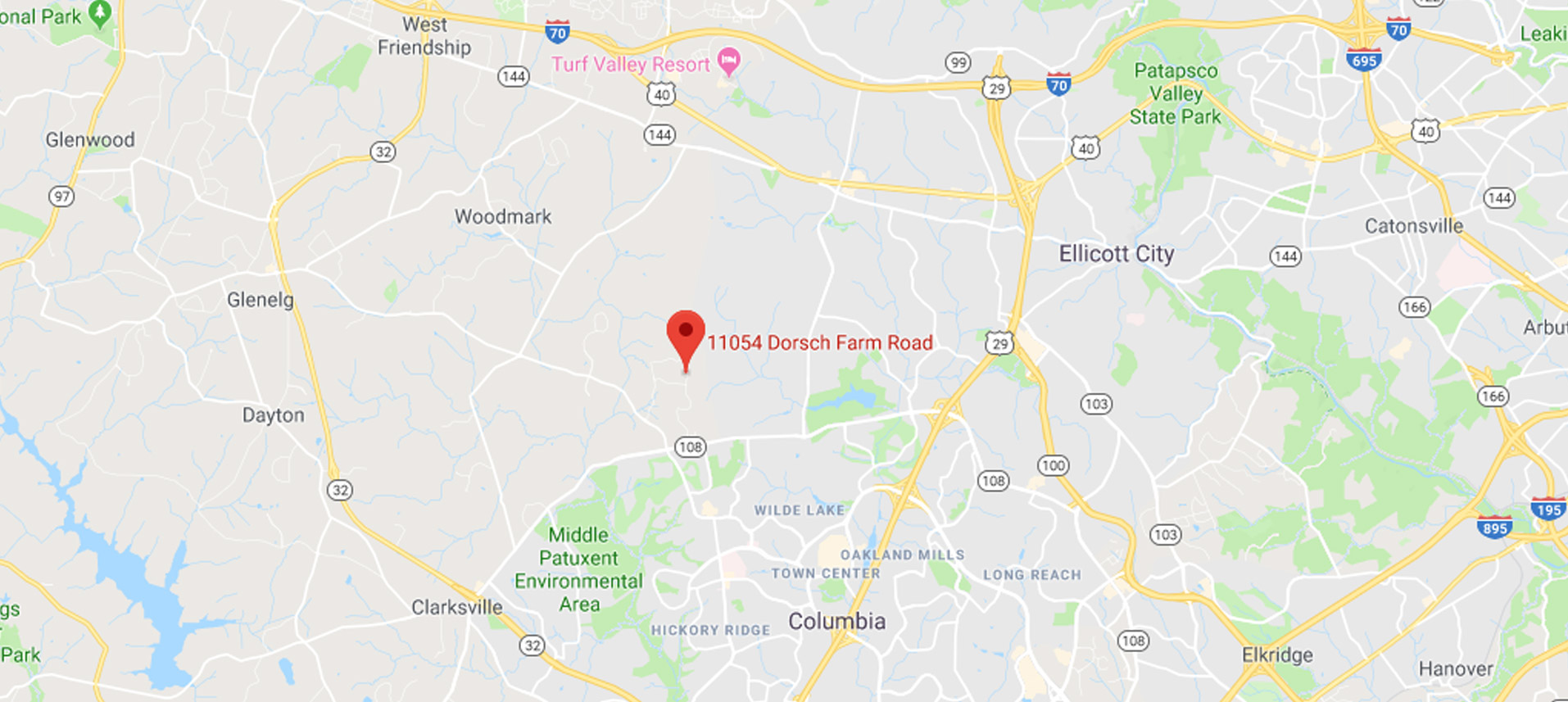Science & Effectiveness of Bioidentical Hormone Pellet Therapy

The bioidentical hormones used in hormone pellet therapy are designed by Mother Nature.
Hormone Pellet Therapy vs. Synthetic Hormone Replacement Therapy
There seems to be a fair amount of confusion, misleading generalizations and sometimes misinformation when the subject of hormone replacement therapy comes up. This is particularly true with bioidentical hormone replacement therapy (BHRT or hormone pellet therapy) and identifying what constitutes as a bioidentical hormone verses synthetic HRT formulations.
Bioidentical hormones of course match the endogenous hormones found in your body. Mother Nature thus designed these hormones’ chemical structure. Pharmaceutical companies produce some bioidentical hormones (synthesized from yams and soy). They are FDA-approved and distributed in standardized doses. These come in various formats, including patches and gels.
It is important to note that “natural” or “plant-based” do not necessarily mean bioidentical. Bioidentical—in the context of hormones—means that it matches exactly what’s normally occurring in your body! Accordingly, your body’s receptors treat it like your natural hormones—like a key fitting into a lock. The body essentially gets what it can no longer produce.
Where The Confusion Lies
Here is an example where it gets muddled. Progestins are a class of hormones that include bioidentical progesterone. But the confusion stems from the fact that many of the available synthetic progestins spur some progesterone-like actions in the body. Medroxyprogesterone acetate (MPA), also known as Provera and used in the drug Prempro, is a widely-used example. Norethindrone acetate and norgestryl are other synthetic progestins that have progesterone-like activity. These three progestins are frequently used in synthetic HRT formulations and are commonly found in birth control pills too.
Synthetic progestins—not found anywhere in nature—have many more side effects than bioidentical progesterone. PMS, headaches, bloating and even constriction of coronary arteries are possible side effects. Bioidentical progesterone typically relieves these cycle-related concerns, according to numerous studies. Bioidentical progesterone can provide relief for women suffering from angina, as per additional studies. Yet many doctors think synthetic progestins and bioidentical progesterone are the same. This is because medical literature frequently lumps synthetic progestins in the category “progesterone.” The only “real” progesterone occurs naturally in the female body. Or it is made in the lab to match exactly.
The bottom line is that most experts lump everything together. This happens because of the confusion about which hormone preparations are bioidentical and which are not. Physicians subsequently warn women of the well-defined comprehensive risks. But most of these risks are actually associated with the synthetic compounds.
Safety of Hormone Pellet Therapy
Bioidentical hormones are theoretically safer than hormones made from horse urine or synthetic progestin. As a matter of fact, there are studies showing that natural progesterone is far safer than the synthetic progestin provided by synthetic treatment.
With that said, even bioidentical estrogen is a growth hormone in the body. Therefore it may have adverse effects on uterine and breast tissue, especially if not balanced with progesterone. Hence, a physician should counsel any bioidentical hormone replacement therapy.
When it comes to hormone pelleting, Missy Garavente MD approaches each of her patients as an individual to address specific needs, questions and concerns. The goal is to restore your hormone balance—naturally. And make you feel like yourself again.
More Information
FAQs
More About Hormone Pelleting With Missy Garavente MD
Blog
External Resources
ABC’s of HRT
More About Bioidentical Hormones

